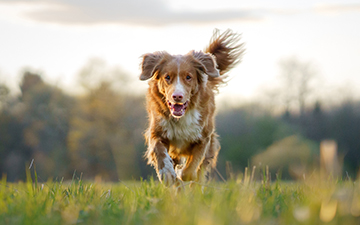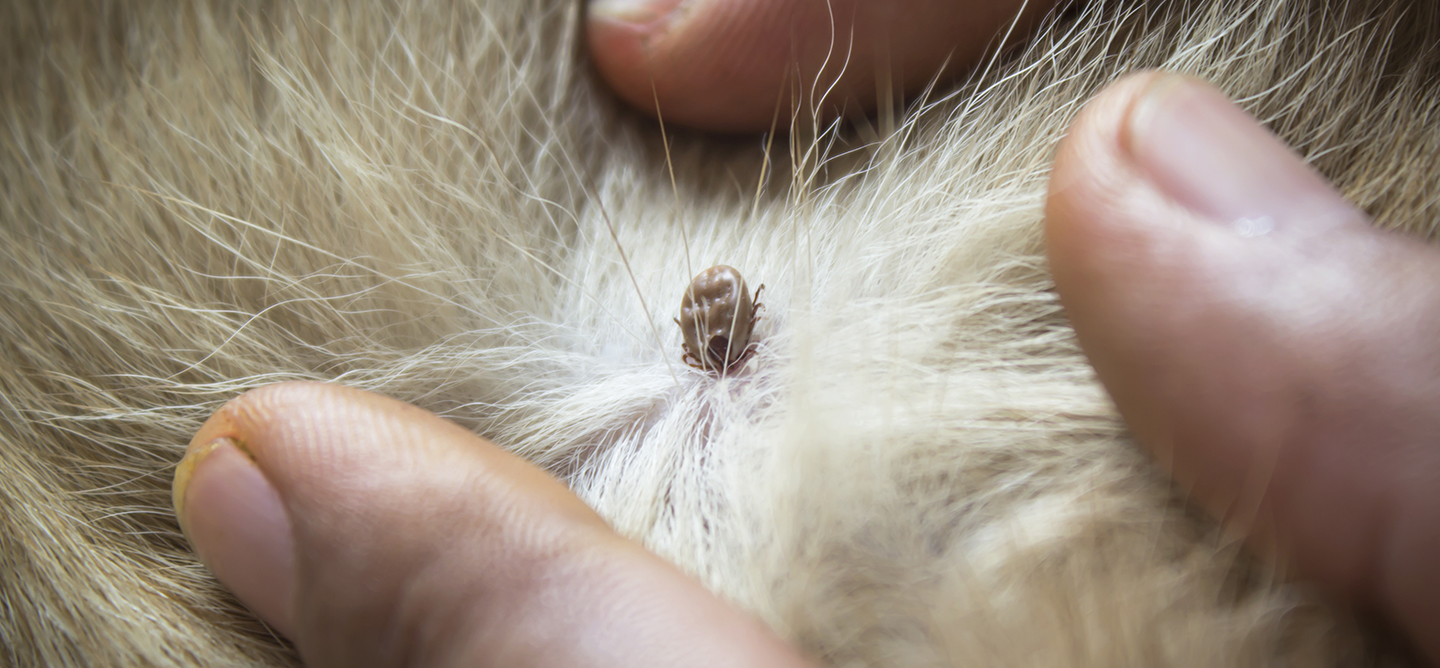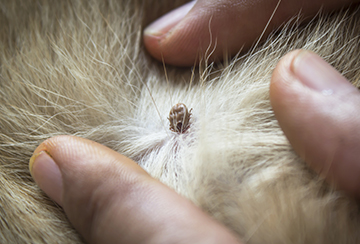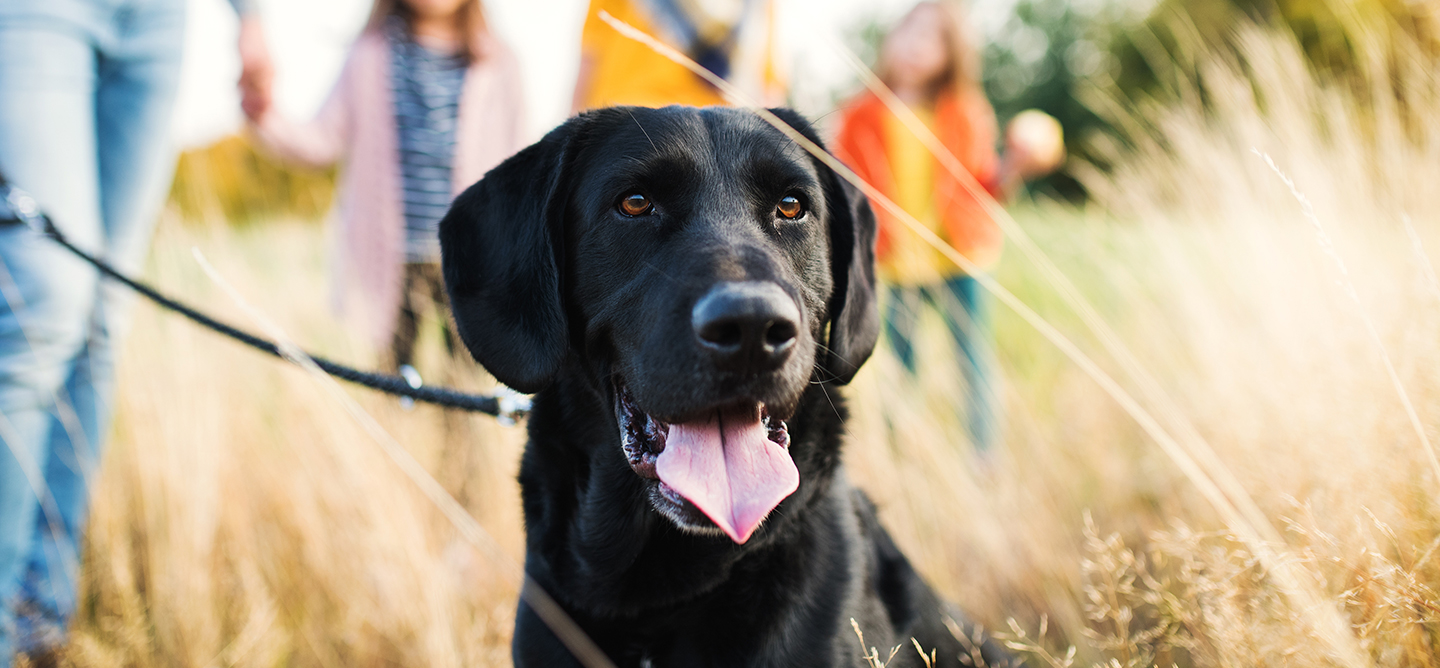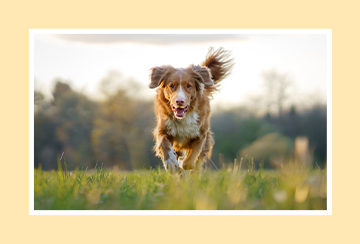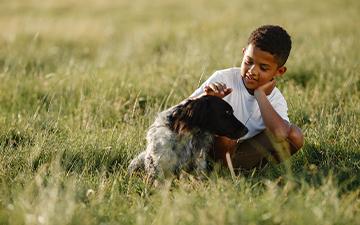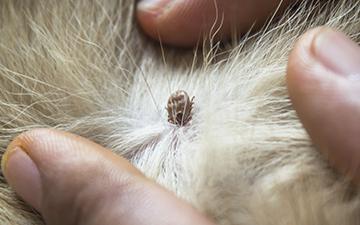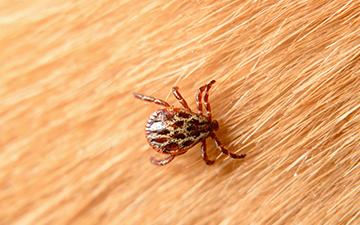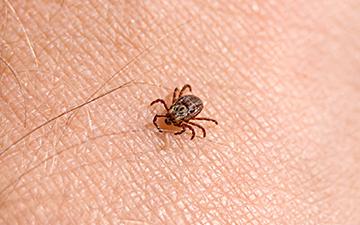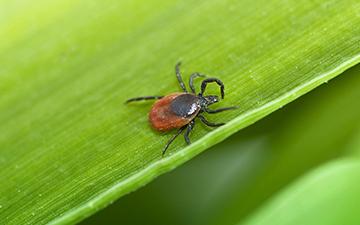Unlike fleas, which can irritate dogs and cause them to scratch and itch, ticks are less likely to change your dog’s behaviour. Although ticks can cause discomfort, a local infection and inflammation, your dog probably won’t feel anything when they’re first bitten, and ticks secrete enzymes while feeding that have an anaesthetic effect.
Ticks can be hard to spot on your dog. They’ll latch on at a furry location where they won’t easily be seen, like between toes, under elbows and around ears. What’s more, ticks are very small: when they first climb on your dog, they are only about the size of a sesame seed. You’re more likely to spot them a few days later, as they can grow up to 200 times after they’ve been feeding.
The best way to check your dog for ticks is with your hands, not your eyes. Carefully comb through your dog’s fur with your fingers, feeling for bumps on their skin. Remember to check your dog’s ears, face, elbows and feet – these are some of the spots ticks like best, as they find them cosiest.



